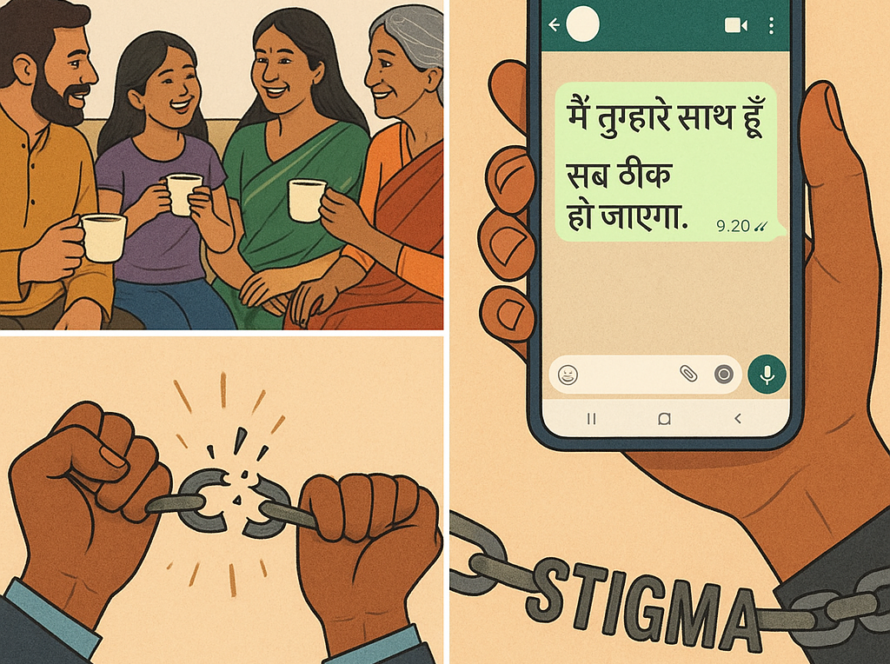Imagine walking into a doctor’s office with a broken leg, only to be asked, “Why aren’t you walking properly?” That’s what traditional mental health approaches can feel like for trauma survivors—focusing on symptoms, not causes. Trauma-informed practice flips the script, asking “What happened to you?” instead of “What’s wrong with you?” Let’s explore why this shift matters and how to apply it.
Why “What Happened?” Changes Everything
Trauma isn’t a flaw—it’s a survival response. By understanding a person’s past, we:
- Reduce stigma: Replace judgment with empathy.
- Uncover root causes: Anxiety, addiction, or anger often stem from unhealed trauma.
- Empower healing: Validate experiences to rebuild trust and safety.
Example: A child labeled “disruptive” in school may be re-enacting survival behaviors from a chaotic home.
5 Key Principles of Trauma-Informed Practice
1. Safety First
- Physical & emotional safety: Ensure private spaces, clear boundaries, and calming rituals (e.g., grounding exercises).
- Language matters: Avoid terms like “non-compliant”; use “protective behaviors” instead.
2. Trust & Transparency
- Explain processes clearly: “You’re in control here. Let’s move at your pace.”
- Avoid sudden changes that may trigger fear.
3. Peer Support & Collaboration
- Involve survivors in care plans.
- Train staff with lived experience to mentor others.
4. Empowerment & Choice
- Offer options: “Would you prefer to talk or write today?”
- Highlight strengths: “It’s incredible how you’ve coped so far.”
5. Cultural Sensitivity
- Respect diverse backgrounds (e.g., how different cultures express distress).
- Address systemic traumas like racism or poverty.
How to Implement Trauma-Informed Care
For Therapists & Clinicians:
- Screen for trauma gently: Use tools like the ACEs (Adverse Childhood Experiences) questionnaire.
- Avoid re-traumatization: Skip invasive questions until trust is built.
- Normalize reactions: “Your response makes sense given what you’ve survived.”
For Organizations:
- Train all staff—including receptionists—on trauma basics.
- Design calming environments (soft lighting, quiet spaces).
- Review policies: Is your intake form triggering? Do rules empower or control?
The Impact: Stories of Healing
- School: A trauma-informed teacher noticed a student hiding under desks. Instead of punishment, she learned he associated loud noises with gun violence. Noise-canceling headphones helped him thrive.
- Healthcare: A nurse altered her approach for a patient with medical trauma, explaining every step before touching them. Panic attacks decreased by 70%.
Challenges & How to Overcome Them
- “We don’t have time for this!” → Start small: Add one trauma-sensitive question to intake forms.
- “I’m not a trauma expert.” → Use free resources (checklists, webinars) from groups like SAMHSA.
- Resistance to change → Share success stories: “Clients return more often when they feel safe.”
Final Thoughts: Healing Begins with Understanding
Trauma-informed practice isn’t a checklist—it’s a mindset. By prioritizing “What happened?” over “What’s wrong?”, we create spaces where survivors feel seen, safe, and capable of growth.
Ready to start? Reach out to us at +91-9310885868 – we’re here for you.
Have you witnessed the power of trauma-informed care? Share your story below!



